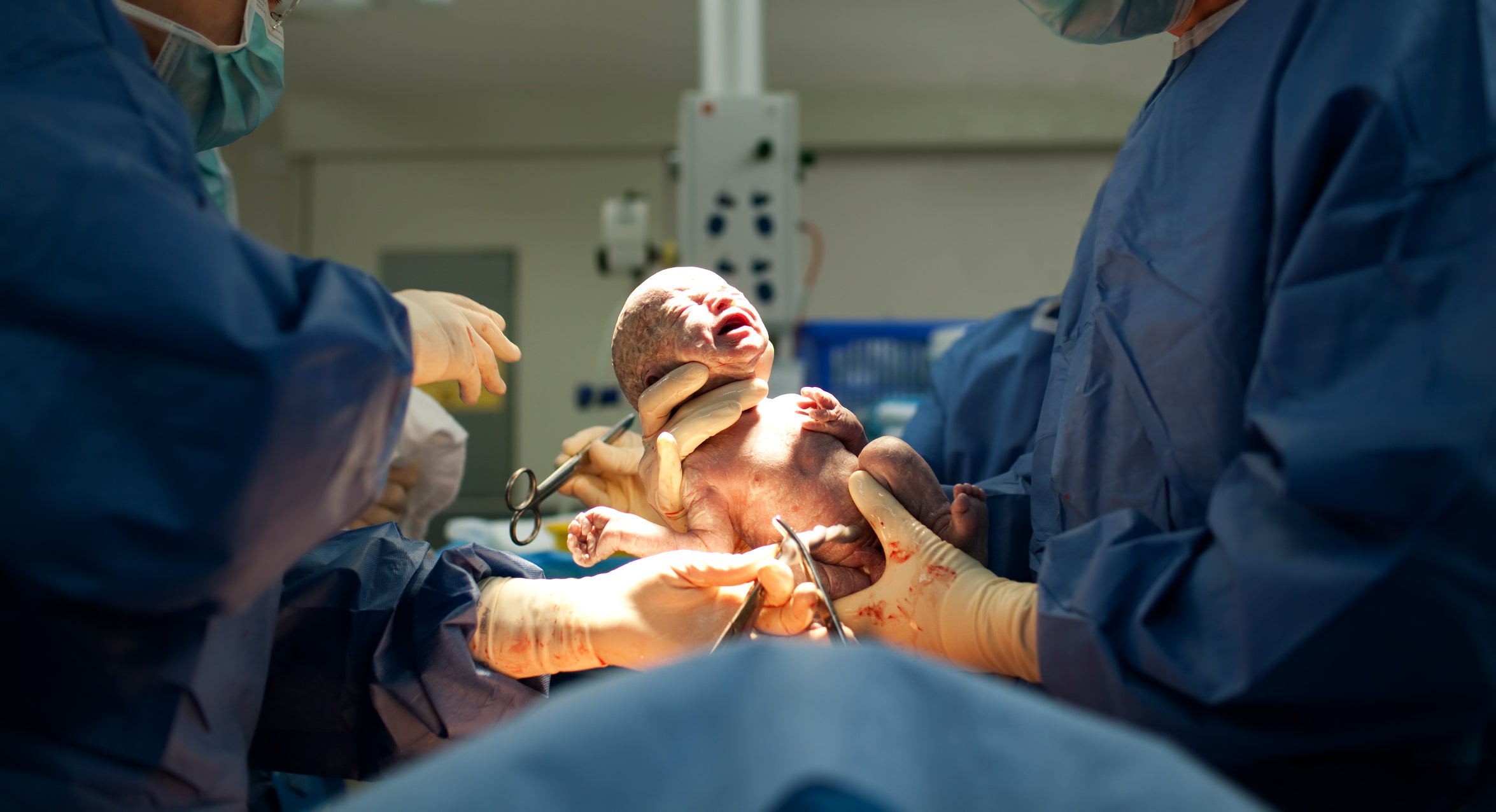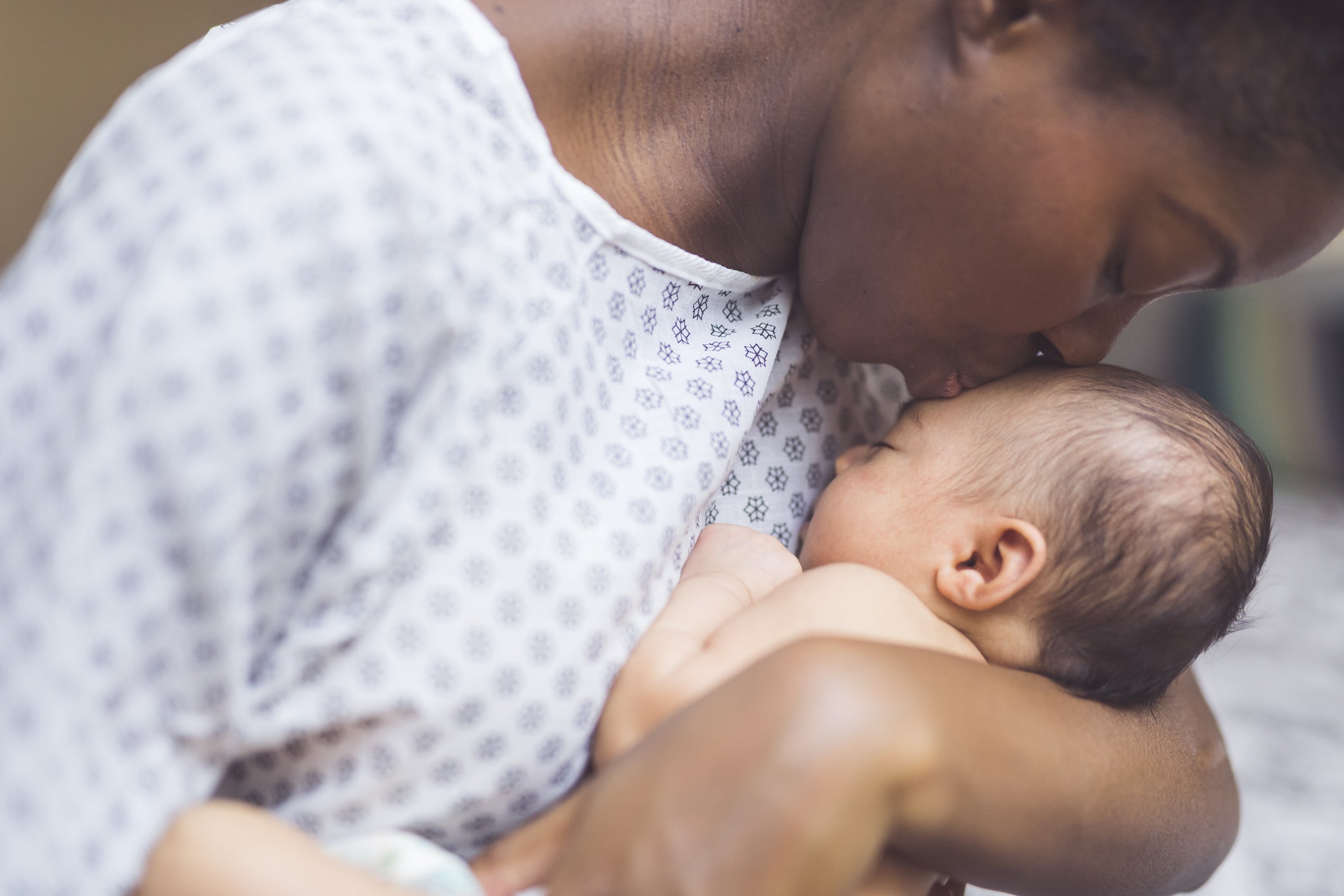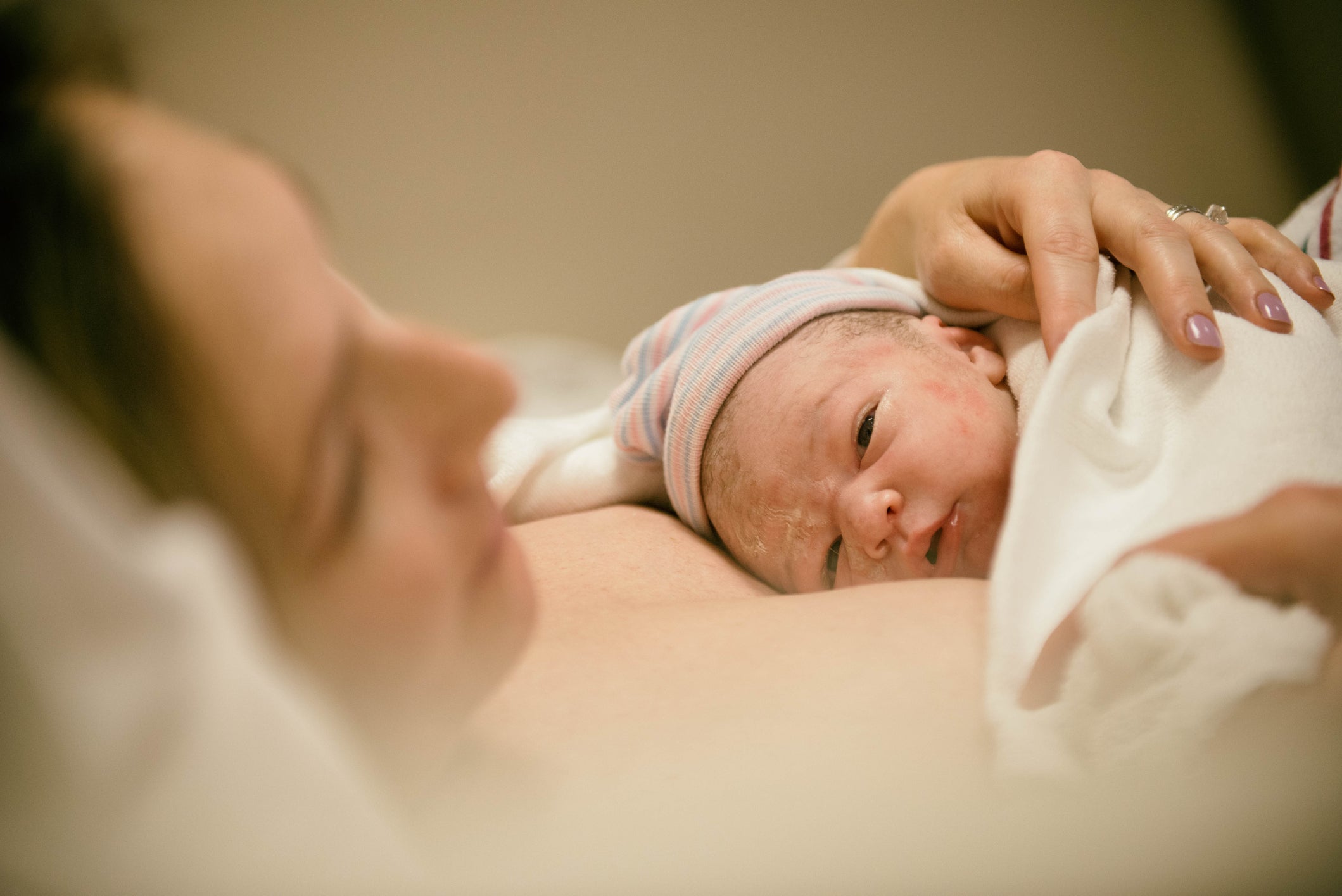Too posh to push: Why we must call time on damaging anti-caesarean birth stigma
As hospitals in England drop limits on offering caesareans, Kate Townshend reflects on the dated approaches surrounding how women give birth


Your support helps us to tell the story
From reproductive rights to climate change to Big Tech, The Independent is on the ground when the story is developing. Whether it's investigating the financials of Elon Musk's pro-Trump PAC or producing our latest documentary, 'The A Word', which shines a light on the American women fighting for reproductive rights, we know how important it is to parse out the facts from the messaging.
At such a critical moment in US history, we need reporters on the ground. Your donation allows us to keep sending journalists to speak to both sides of the story.
The Independent is trusted by Americans across the entire political spectrum. And unlike many other quality news outlets, we choose not to lock Americans out of our reporting and analysis with paywalls. We believe quality journalism should be available to everyone, paid for by those who can afford it.
Your support makes all the difference.Five months ago, I gave birth to a beautiful baby boy via caesarean section. My labour hadn’t gone wrong, and no medical advice had necessitated it. I simply chose to.
Yet this choice seems to be one that people make all sorts of assumptions about – from the grumpy and reluctant consultant who told me how foolish I was, to the “too posh to push” brigade who categorise women who have elective C-sections as superficial or cowardly.
The truth is that caesarean sections are not simply “failures” of vaginal births – and women’s reasons for choosing them are both universally valid and incredibly diverse.
For me, it was all about the predictability and certainty a C-section offered. After years of infertility, endometriosis, IVF and miscarriage, I wasn’t willing to take my chances with the induction the doctors insisted I needed. The decision saved my final months of pregnancy from descending into an abyss of misery and anxiety – and my experience in the end was incredibly calm and positive.
It’s why I’m thrilled that hospitals in England have finally been told to abandon arbitrary targets aimed at limiting the number of babies born via the method, and sadly not at all surprised that this moral weighing of birth options may well have led to tragedy in the past. (The Ockenden report, an investigation into baby deaths and injuries at the Shrewsbury and Telford NHS Trust, has suggested that mothers were sometimes denied caesarean sections due to an alleged preoccupation with hitting “normal” birth targets.)
For Suzanne Hatcher*, a traumatic experience giving birth vaginally with her first child led directly to her choice of a caesarean section with her next baby. “My experience giving birth to my first child was, frankly, dehumanising and led to me developing PTSD,” she explains. “I felt unsafe and abandoned during large parts of labour and my son was born using forceps in the end.”
In fact, her experience was so impactful that before becoming pregnant for the second time, Suzanne arranged a meeting with a consultant who was receptive to her wishes for a caesarean section – and she came away with a letter stating she wouldn’t be denied the procedure. “It felt so positive to make the decision myself, to have control and do it the way that felt safest,” she says. “It was empowering. I’d advise other women considering how to give birth to look at your own medical position, your own values and your own perspective on risk. And really make sure the resources you consider represent information in an unbiased way.”

Unfortunately, finding resources that give a clear picture can be challenging. Traditionally, evidence around sections has been poor quality, with many past studies lumping emergency and planned procedures together (an issue acknowledged by NICE in their information on the benefits and risks of vaginal and caesarean birth).
And as Pauline McDonagh Hull, director of the voluntary organisation Caesarean Birth and author of Choosing Caesarean, a Natural Birth Plan explains, good information is vitally important when women are considering how to give birth. “We really need greater balance in antenatal communication,” she says. “Generally, a vaginal birth is considered the default option for all pregnant women, so unless a specific risk is identified, or they already know to ask about a caesarean, it isn’t discussed. Greater understanding and respect is needed around offering caesarean birth to more women, not only not denying their requests. Until and unless this happens, avoidable deaths and injuries will continue.”
Sometimes, the reason a woman chooses an elective caesarean section may be something most people won’t have considered at all. This is certainly the case for Lauren Frost: “My first son, Leo, who was conceived via IVF after six years of trying, was born prematurely and passed away eight days later,” she explains.
I insisted that I wouldn’t cope with a vaginal birth for my second child and that I needed a section
“The trauma from his birth, having been told for three weeks each day to prepare to say goodbye, meant I was terrified of my subsequent births triggering further trauma. I insisted that I wouldn’t cope with a vaginal birth for my second child and that I needed a section.”
It’s hard to imagine a more obviously valid experience, but even then, Lauren’s choice was not straightforwardly accepted. “I had the teardrop to show baby loss on my maternity notes but was met with judgement and questioning at every appointment. There is absolutely a stigma still attached to elective sections.”
Thankfully, the births of Lauren’s son Teddy and then daughter Lily, both via elective section, were positive. “They were managed well by the midwives who were incredibly supportive throughout. A caesarean certainly isn’t the easy way out – it’s major surgery – but having a choice in how your baby enters the world and managing anxiety around that is so important.”
The common thread running throughout Suzanne and Lauren’s stories is one of trauma, for various different reasons, in their first birth experiences. And Kim Thomas, CEO of the Birth Trauma Association confirms that this is not unusual when women are requesting sections: “Some women after a traumatic first birth want an elective section to avoid having the same kind of experience again. A lot of them feel genuinely terrified, having been through a difficult or complicated labour that has ended with an emergency C-section or forceps birth, or led to severe tearing or postpartum haemorrhage.”
But despite the fact that Kim suggests women who have elective caesareans in these circumstances usually report a positive experience, they often still have to fight for the choice in the first place.
“We find that trusts vary widely in their willingness to offer maternal request caesareans, some even in cases where the woman is clearly deeply traumatised by her previous experience. Health professionals will often minimise the woman’s concerns and play down the traumatic nature of her previous birth, which can add substantially to a woman’s feelings of fear and distress.”

Of course, like my own, there are also reasons beyond trauma why a woman might choose to give birth via elective caesarean.
Sian Downes has always known she would prefer to give birth in this way when the time came: “I suffer from vaginismus, meaning that basically my body completely tenses up, making it a miracle I even got pregnant,” she says. She was able to arrange her section early on in her pregnancy, saving her a great deal of stress and anguish. “I told my midwife at 15 weeks, so I knew very early on that this was handled. The relief of knowing that I was getting a C-section and that I didn’t need to fight for one allowed me to enjoy my pregnancy!”
Despite this, Sian also acknowledges the baggage that is often attached to sections. “It feels like, as a woman who has had a C-section, you aren’t allowed to say you’ve given birth because it wasn’t ‘natural’. So there certainly is still a major stigma – as if we aren’t living up to our female duties. It’s frustrating but for me I was determined not to soak up any of that negativity, especially when I found out there were no medals at the end!”
In lots of cases, distinctions are drawn between caesareans where there is some medical indication – and those where there isn’t – often called maternal request caesareans. But sometimes, things aren’t quite this clear-cut. Bec Wooderson found herself pregnant with an unusually large baby and faced with difficult decisions as a result: “I was overdue and my baby was measuring big at 10lb 1oz. I also have hyperthyroidism [a condition that can increase the risk of pregnancy complications]. Even after three stretch and sweeps, [a procedure designed to encourage labour] my little boy still wasn’t wanting to go anywhere!”
It feels like, as a woman who has had a C-section you aren’t allowed to say you’ve given birth because it wasn’t ‘natural’
In the end, an overheard discussion made up Bec’s mind. “From the ward room I overheard the midwives and consultant at the front desk having a conversation that essentially went something like ‘well because of her age and her condition and the fact that the baby is big, the baby will probably get stuck.’ I had three options, to do nothing, be induced or have an elective C-section. In the end I decided it wasn’t worth risking depriving my baby of oxygen and the possibility of them having brain damage, so I took the elective C-section route.”
What all of this shows perhaps, is that despite the stereotypes, there is no single set of reasons or character traits that might cause a woman to choose an elective C-section. And despite my own positive experience, it isn’t the caesarean section itself that I think really mattered, but the free choice of how I gave birth.
Certainly, this was the key for Helen Every, who suffers from tokophobia – an extreme fear of labour. Before she started having children, she ensured she had a letter from a consultant promising her a planned caesarean section. “I had to get it in black and white before even thinking about getting pregnant,” she says. But actually, knowing she was free to make this decision if she needed to allowed her to make a different one. “In the end, knowing I could have a section helped me immensely and I chose to have my baby vaginally,” she says.
*name has been changed
Join our commenting forum
Join thought-provoking conversations, follow other Independent readers and see their replies
Comments